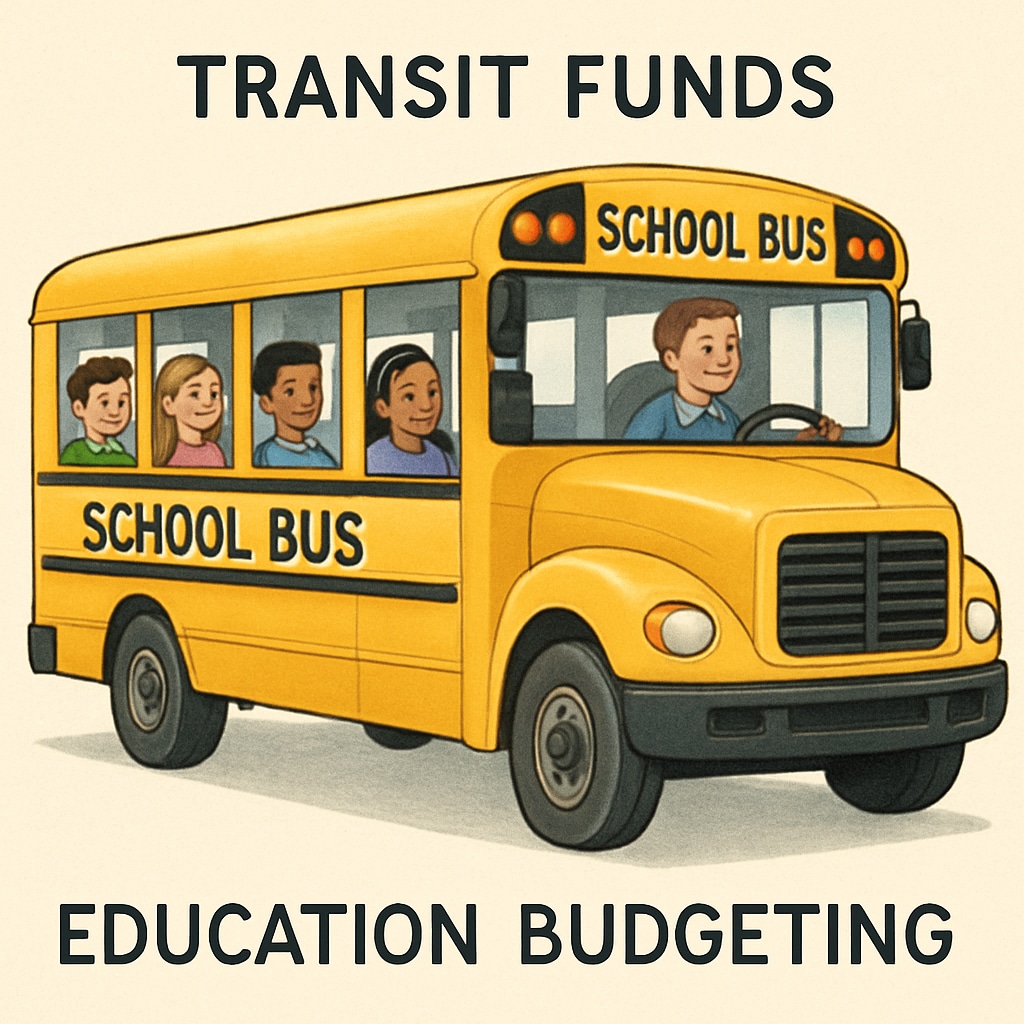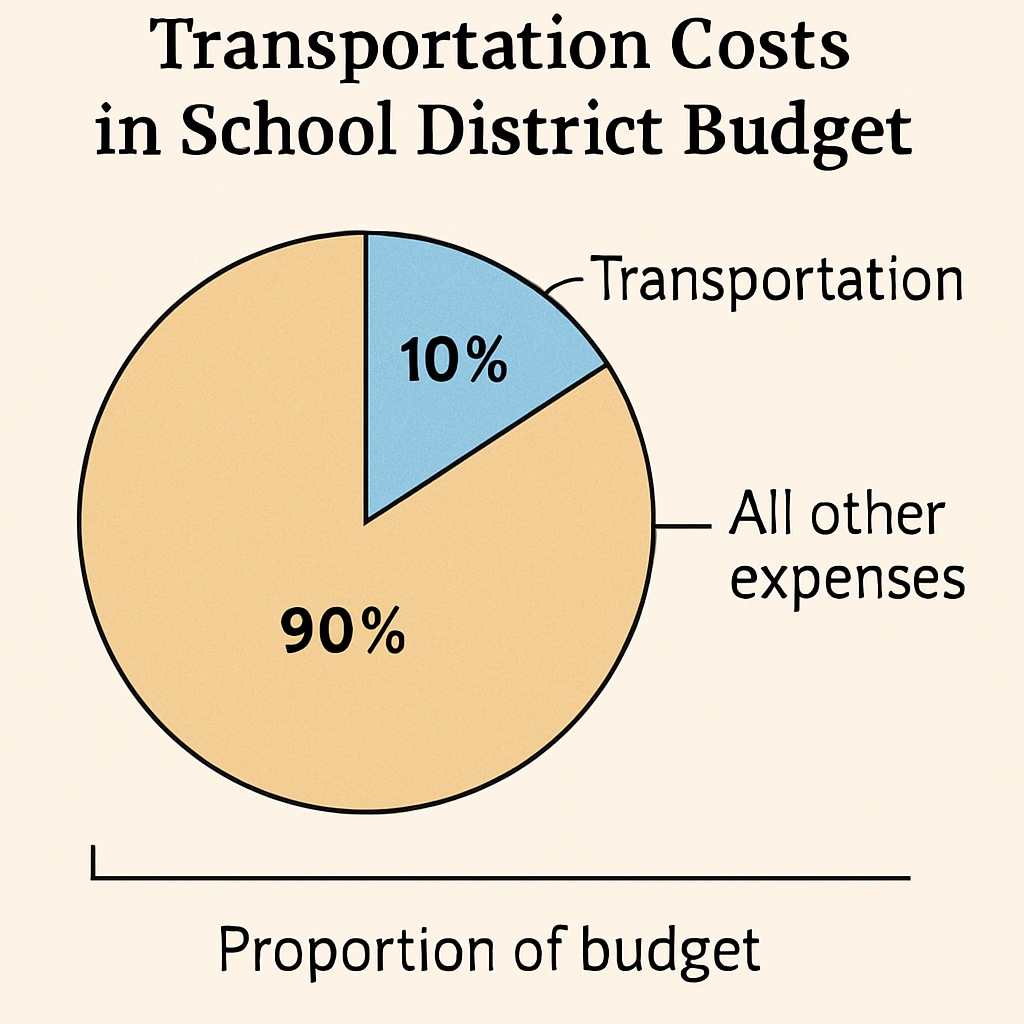The allocation of transit funds, per-student spending, and school district budgeting are critical components in understanding education finance. However, the use of transit funds—money transferred between departments or entities—can lead to artificially inflated metrics for per-student spending. This distortion, often overlooked in broader budget discussions, can obscure the true picture of how much funding is dedicated to student learning. For example, transportation costs, such as school bus services, are frequently bundled into per-student calculations, which can make education spending appear higher than it actually is.

Transit Funds: A Hidden Source of Budget Distortion
Transit funds involve the transfer of money between departments or entities within an organization. In the context of school districts, these funds might include payments for services like transportation, food programs, or administrative overhead. While such transfers are legitimate operational practices, they can unintentionally inflate per-student spending metrics. For example, if a district allocates a significant amount of money to school bus services and includes this amount in their per-student spending calculation, it may give the illusion of greater investment in education without improving core learning resources.
According to the Britannica article on school finance, accurate budgeting is essential for equitable resource allocation. Yet, transit funds often introduce discrepancies that hinder this goal. When education stakeholders rely on these distorted metrics, they may misinterpret the effectiveness of funding policies or misallocate resources.

The Impact on Per-Student Spending Metrics
Per-student spending is a key indicator used by policymakers, educators, and parents to evaluate a school district’s commitment to education. However, when transit funds are factored into this calculation, the resulting figures can be misleading. For instance, a district spending heavily on school buses might report high per-student expenditures, even if classroom resources remain underfunded. This misrepresentation can have significant consequences:
- Misguided Policy Decisions: Policymakers may redirect funds based on inflated metrics, neglecting areas that require urgent attention, such as teacher salaries or classroom materials.
- Public Misperception: Parents and community members might assume their district is adequately funded, reducing pressure for financial reform.
- Inequitable Resource Allocation: Districts with high transit costs may appear more resource-rich, leading to disparities in state or federal funding distribution.
For example, a report by Wikipedia on education funding highlights that transparency in budget calculations is vital for achieving equity across school districts. Without clear accounting practices, transit funds can mask underlying issues, such as insufficient investment in student-focused programs.
Ensuring Transparency in School Budgets
Addressing the distortion caused by transit funds requires a commitment to transparent accounting practices. Districts should separate operational costs from per-student spending metrics to provide a clearer picture of educational investments. Some key recommendations include:
- Implement Standardized Reporting: Require districts to report operational expenses, such as transportation, separately from classroom spending.
- Audit Education Budgets: Conduct regular audits to identify discrepancies and ensure funds are allocated appropriately.
- Educate Stakeholders: Provide training for policymakers, educators, and parents to interpret budget data accurately.
By adopting these practices, school districts can improve the accuracy of their financial reporting, ensuring that resources are allocated in ways that truly benefit students.
Transit funds play a vital role in school operations, but their inclusion in per-student spending metrics can lead to unintended consequences. Transparent accounting will not only improve trust among stakeholders but also pave the way for smarter, more equitable education funding.
Readability guidance: Utilize short paragraphs and lists to clarify key points. Aim to maintain active voice and include transitional phrases to enhance coherence.


